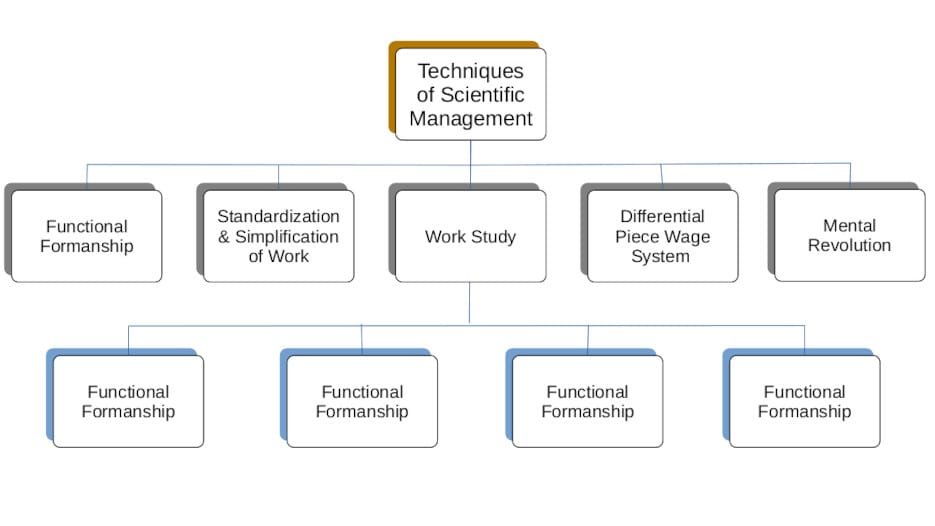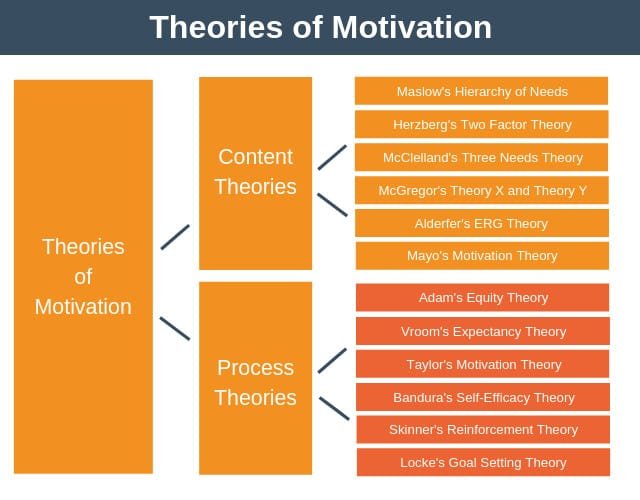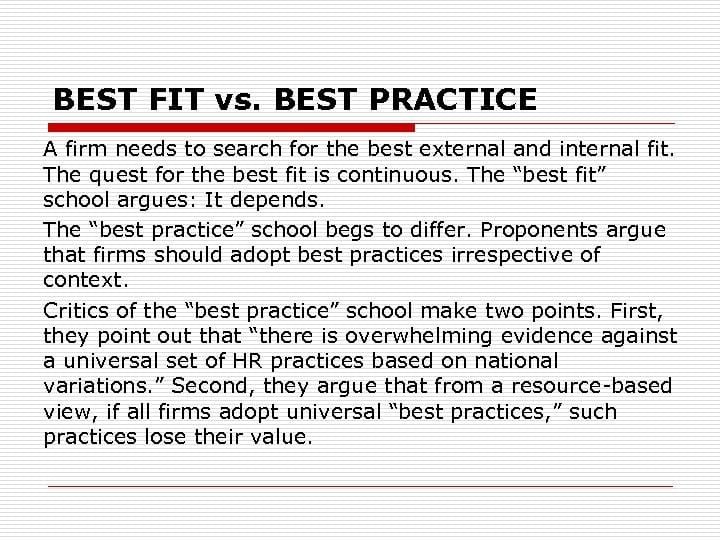How to Create an Organisation where Employees Behave
Published in 2021

Introduction
This paper aims to examine the issue of organisational control, with particular regard to employee behaviour and the reasons behind organisational failure to fully and completely control the actions of organisational employees.
Management academics and practitioners are in complete agreement over the significance of employees in enhancement of organisational productivity and achievement of organisational success. Employees are in fact considered to be the most critical of organisational assets for enhancement of competitive advantage. The need for controlling employee behaviour and output was taken up in detail by management experts like Fredrick Taylor, Fayol and Ford in the first quarter of the 20th century. Their research and ideas resulted in the development of scientific management principles and a linear, managerialist and authoritarian approach to employee control.
Organisational attitudes towards influencing and control of employee behaviour have changed significantly in recent decades, influenced by the advancement of various motivational theories, the evolution of HR management and change management theories and the development and elucidation of best practice and best fit approaches.
Notwithstanding such evolution of management theory and practice towards control of employee behaviour, failures in controlling of employee behaviour keep on happening and are considered to be one of the main reasons behind the continuing difficulties in management of change. This area of organisational behaviour continues to attract significant attention.
Discussion and Analysis
The scientific management principles espoused by Fredrick Taylor and Henry Ford posited that the majority of organisational workers and employees took up employment and came to the workplace only to earn money (Turan, 2015). They had little interest in organisational productivity or success, tended to shirk responsibility and effort and were inclined to put in as little effort, as possible without compromising their employment (Schneider & Smith, 2004). Employee behaviour thus needed to be controlled through clear direction, specific instructions and close supervisory control over the actions of workers. Such close supervision needed to be augmented with standardisation of work and the linkage of output with remuneration.
CHART 1: TECHNIQUES OF SCIENTIFIC MANAGEMENT (Source: Turan, 2015)
Scientific management principles came to be accepted and used by the majority of business firms in the western countries with varying degrees of success. Wagner-Tsukamoto (2008) stated that these principles were often inadequate in control of employee behaviour because they failed to recognise the needs of individual employees and their distinctive features. Their universal application and their one-shoe-fits-all approach often resulted in employee dissatisfaction, resistance and attrition. Employees tended to work only when they were subjected to close supervision and to shirk whenever such supervision was reduced or eliminated (Staddon, 2016).
The failure of scientific management theory to successfully control employee behaviour resulted in the development of various motivational theories, like those advanced by Maslow, Herzberg, McGregor and Vroom (Borsboom, 2005). Such motivational theories were also augmented by the advancement and development of several leadership models, especially transactional and transformational leadership. These theories and models aimed to understand employee behaviour and devise ways and means to influence them as comprehensively as possible (Staddon, 2016). Control over employee behaviour was again seen to be critical in the accomplishment of important organisational change and the failure of most change management initiatives were attributed to failures in overcoming change resistance amongst employees (Wagner-Tsukamoto, 2008). These issues are taken up for more detailed discussion below.
Motivational Theories
Maslow advanced his theory of needs in (1954) stating that individuals have specific needs, which they aim to satisfy through the adoption of different actions and behaviours. He stated that these needs could be arranged hierarchically; starting from physiological needs, they moved on to security needs, section needs, esteem needs and self-actualisation needs. Employees could thus be influenced in their behaviour in the workplace through the adoption of organisational strategies that satisfy these needs.
Herzberg (1959) advanced his two –factor theory of motivation stating that organisational employees were influenced by two specific types of forces in their workplace activity, namely hygiene factors and motivational factors. Hygiene factors, which comprised items like remuneration, leave policies, working environment and organisational esteem helped in attracting workers and in their retention but had little effect in motivating them to work harder and in accordance with organisational objectives and expectations. Motivational factors, which included items like workplace appreciation and recognition, high degrees of communication, responsibility and advancement opportunities, on the other hand motivated employees to put in efforts and work towards achievement of organisational objectives (Herzberg, 1954). Organisational managements should thus device HR strategies with appropriate elements of hygiene factors and motivational factors in order to comprehensively influence and shape the behaviour of organisational employees.
Vroom’s (1964) theory of motivation states that modern organisations should fit their HR and employee oriented strategies in accordance with employee characteristics, the employee environment, the organisational environment and organisational objectives. The development of an appropriate organisational HR strategy, accounting for these factors, could help significantly in controlling employee behaviour and aligning it with organisational objectives (Velnampy, 2007).
Chart 2: Theories of Motivation (Source: Gary et al., 2006)
Transactional and Transformational Leadership Theories
The transactional leadership theory stresses on shaping and controlling of employee behaviour by the adoption of a linear and methodical approach, wherein employees are rewarded for good performance and penalised for poor performance (Daniel, 2018). The application and threat of penalties deters employees from engaging in behaviours that could adversely affect organisational activity and objectives whereas the promise of rewards would spur them to follow the directions of supervisors and work in line with the desires of their managements (Carter, 2008). Transformational leadership approaches the controlling of employee behaviour through a different approach. Transformational leaders engage in continuous communication with their juniors and establish one-to-one relationships with them (Gardner et al., 2010). They get to know the concerns, apprehensions, desires and ambitions of their juniors and at the same time brief them about organisational objectives, thereby generating a buy-in of organisational objectives by the employees. They explain the reasons behind the establishment of organisational objectives and the ways in which the achievement of these objectives could help the organisations as well as the employees (Daniel, 2018). Such a strategy leads to employee identification and commitment with organisational strategies and objectives and continuous and strong efforts to realise them on their own without continuous supervision.
The transformational leadership approach is considered to be highly effective in comprehensive shaping of employee behaviour and in motivating employees to work in accordance with organisational objectives on their own and with minimal supervision (Carter, 2008).
Best Fit and Best Practice
The Best Fit theory of organisational control states that organisational managers should adopt employee oriented strategies in areas of remuneration, job design, communication and motivation that are best fitted for achievement of organisational objectives (Gold et al., 2010). Such strategies could differ from department to department and for different types of employees. It can also be changed in accordance with environmental needs. The Best Practice theory on the other hand states that organisational managements should frame HR policies that aim at achievement of high degrees of employee empowerment through communication, motivation, delegation of responsibility, training and the treatment of employees with respect and empathy (Hackman & Craig, 2009). The best practice theory posits that the adoption of these practices on a uniform basis, along with their communication to employees is bound to result in comprehensive shaping of employee behaviour and high levels of effort for satisfying organisational objectives (Hinman, 2012).
CHART 3: BEST FIT VS BEST PRACTICE (Source: Mahapatro, 2010)
Reasons for Organisational Failure in Controlling Employee Behaviour
Several modern experts have researched and studied at length on continuous organisational failures in control of employee behaviour despite the availability of numerous models and theories, which explain the reasons behind employee behaviour and the steps that can be taken to control and shape such behaviour with effectiveness and efficiency (King & Lawley, 2019). Holmes (2012) stated that failure to control employee behaviour can stem from several reasons like (1) inadequate resources, in terms of money, supplies and organisational infrastructure to complete tasks, (2) different types of obstacles like for example collaboration with other departments or swift decisions by seniors that are necessary for task completion, (3) unclear or exaggerated expectations, (4) absence of skills necessary for completing tasks, (5) inadequate rewards or praise for good work, (6) absence of penalties for poor performance and (7) employee burnout on account of excessive organisational pressure.
Manzoni and Barsoux (1998), in an article for the Harvard Business Review stated that managers typically do not blame themselves for employees who perform poorly or do not function as they are instructed. They often give various reasons for employee failure including lack of job understanding, inadequate knowledge and skills or an inherent desire for shirking work. Gerwing (2016) stated from his research on employee behaviour in various organisations that employee behaviour is adversely affected because of high levels of micro management, including excessive paper work requirements, need for approval for small decisions and high levels of supervision. Employees often interpret high levels of supervision as lack of trust with their abilities, which, in turn undermines their confidence as well as their desire to put in additional effort (Hill et al., 2012).
Manzoni and Barsoux (1998) provide a real life example of an employee, Steve, who was highly motivated, good at his work and had good decision making skills; he was chosen for an important production line function under a new boss, Jeff, who had just been promoted to a senior management position. Jeff wished to demonstrate that he was the boss and on top of the operation. He continuously supervised Steve, loaded him with high levels of paperwork and often changed his decisions. These actions resulted in dissatisfaction and resentment as well as negative performance appraisals. Steve resigned from the organisation within a year of his promotion.
Conclusions and Recommendations
The information studied for this paper revealed that theories and models for controlling and shaping employee behaviour have been enriched and contributed by various experts. These theories and models approach the issue from organisational, motivational, leadership, HR and change management perspectives, amongst others. The information revealed that the application of scientific management principles were found to be ineffective to a significant extent in the control of employee behaviour because their utilisation resulted in employee resentment and disinterest as well as tendencies to minimise work to what was possible without harming oneself. Motivational theories informed that employees could be motivated to put in high levels of effort by the adoption of various organisational initiatives that empowered them in different ways. The best fit theory stated that organisational managements should adopt HR strategies that were suited for achievement of organisational objectives in order to influence and control employee behaviour in line with organisational expectations.
The information obtained also informed that most strategies at controlling employee behaviour failed because of various types of organisational inadequacies in terms of balancing between rewards and punishment, ambiguity in instructions, lack of availability of required resources and mismatch between job requirements and employee skills and abilities. Change management initiatives often failed because the apprehensions of employees were not addressed, which in turn led to lack of cooperation and willingness to work.
The practice of transformational leadership, which was based upon high levels of employee empowerment and communication, has been found to be extremely effective in ensuring employee effort and compliance with organisational objectives. Organisational managements must take note of the inadequacies and organisational factors that result in inadequate employee compliance with organisational needs and take appropriate care to formulate effective strategies.
References
Anderson, D., & Ackerman, A.L., (2010), Beyond Change Management: How to achieve breakthrough results through conscious change leadership, 2nd Edition, San Francisco: Pfeiffer.
Borsboom, D., (2005), Measuring the Mind: Conceptual Issues in Contemporary Psychometrics. Cambridge: Cambridge University Press.
Carter, M. N., (2008), Overview of Leadership in Organizations, London: Routledge.
Cawsey, T., Deszca, G., & Ingols, C., (2012), Organizational Change: An action –oriented toolkit, 2nd Edition, Thousand Oaks, Californian: Sage Publications.
Daniel, G., (2018), What Makes a Leader? In Contemporary issues in leadership, pp. 21-35, London: Routledge.
Gardner, W. L., Lowe, K. B., Moss, T. W., Mahoney, K. T., & Cogliser, C. C., (2010), “Scholarly leadership of the study of leadership: A review of the leadership quarterly’s second decade, 2000–2009”, The Leadership Quarterly, 21(6): 922–958.
Gary, P. L., & Christopher, T. E., (2006), “Keys to motivating tomorrow’s workforce”, Human Resource Management Review, 16 (1): 181–198.
Gerwing, C., (2016), “Meaning of Change Agents within Organizational Change”, Journal of Applied Leadership and Management, 4 (1): 21-40.
Gold, J., Thorpe, R., & Mumford, A., (2010), Leadership and Management Development, London: Kogan Page.
Hackman, J., & Craig, M., (2009), Leadership: A Communication Perspective, London: Long Grove.
Herzberg, F., (1959), The Motivation To work, New York: Wiley.
Hill, N. S., Seo, M. G., Kang, J. H., & Taylor, S. H., (2012), “Building employee commitment to change across organizational levels: the influence of hierarchical distance and direct managers’ transformational leadership”, Organizational Science, 23 (3): 758-77.
Hinman, L.M., (2012), “Contemporary Moral Issues: Diversity and Consensus”, 4th edition, London: Routledge.
Holmes, L., (2012), The Dominance of Management: A Participatory Critique: Voices in Development Management, London: Ashgate Publishing, Ltd.
King, D., & Lawley, S., (2019), Organizational Behaviour, Oxford: OUP.
Mahapatro, B.B., (2010), Human Resource Management, New Delhi: New Age International Limited.
Manzoni, J-F., & Barsoux, J.L., (1998), “The Set-Up-To-Fail Syndrome”, Available at: https://hbr.org/1998/03/the-set-up-to-fail-syndrome (accessed April 20, 2021).
Maslow, A., (1954), Motivation and Personality, New York: Harper.
Schneider, B., & Smith, D.B., (2004), Personality and Organizations, Mahwah, NJ: Lawrence Erlbaum Associates.
Staddon, J. E. R., (2016), Adaptive Behavior and Learning, 2nd edition, Cambridge: Cambridge University Press.
Turan, H., (2015), “Taylor’s “Scientific Management Principles”: Contemporary Issues in Personnel Selection Period”, Journal of Economics, Business and Management, Vol. 3, Iss (11): pp. 1102-1105.
Velnampy, T., (2007), Factors Influencing Motivation: An Empirical Study of Few Selected Sri-Lankan Organizations, London: Researchgate.
Vroom, V.H., (1964), Work and Motivation, New York: John Wiley and Son.
Wagner-Tsukamoto, S., (2008), “Scientific management revisited: did Taylorism fail because of a too positive image of human nature?”, Journal of Management History, Vol. 14, Iss (4): pp. 348-372.
More From This Category
Actions and Behaviour of Employees at Work
Notwithstanding the evolution of management theory and practice towards control of employee behaviour, failures in controlling of employee behaviour keep on happening and are considered to be one of the main reasons behind the continuing difficulties in the management of change. This area of organisational behaviour continues to attract significant attention.
Human Resource Management: Get the Best of both Worlds by Combining Learning and Development
It is imperative to consider the intricacy and assortment of training in order to validate the criticality of comprehending the distinct learning and developmental requirements of employees in the preparation of suitable training and development packages






0 Comments